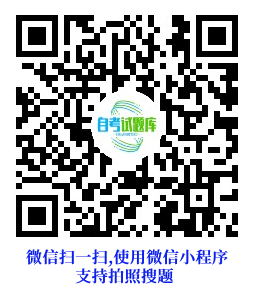WTO It is well known that the World Trade Organization (WTO) is the only international organization(1) with the global rules of trade between
notions. Its main function is to ensure that trade flows as smoothly as possible. It was founded in 1993 by the Final Act that concluded the Urugudy
Round of multilateral negotiations under the General Agreement on Tariffs and Trade(GATT), which it (2), and exists to administer and police the
28 free-trade agreements, oversee world trade practices, and adjudicate trade disputes. It began its operation on January 1, 1995, with its general
council (3) 76 member states; by early 1999 it numbered 134 members. The result of it is to make a more prosperous, peaceful and accountable
economic world. Decisions in the WTO are typically by (4) among all member countries and they are ratified by members’ parliaments. Trade
friction is channeled into the WTO’s dispute settlement process where the focus is on interpreting agreements and commitments, and how to ensure
that countries’ trade policies(5) with them. That way, the risk of disputes spilling over into political or military conflict is reduced. By lowering trade
barriers, the WTO’s system also breaks down other barriers between peoples and nations. At the heart of the system-known as the (6) trading
system-are the WTO’s agreements, negotiated and signed by a large majority of the world’s trading nations, and (7) in their parliaments. These
agreements are the legal ground-rules for international commerce. Essentially, they are contracts, guaranteeing member countries important trade
rights. They also bind governments to keep their trade policies within agreed limits to everybody’s benefit. The agreements were negotiated and signed
by governments. But their purpose is to help producers of goods and services, exporters and importers conduct their business. The goal is to improve the
welfare of the peoples of the member countries. The past 50 years have seen an (8) growth in world trade. Merchandise exports grew on average
by 6% annually. Total trade in 1997 was 14 times the level of 1950. GATT and the WTO have helped to create a strong and prosperous trading system
contributing to (9)growth. The system was developed through a series of trade negotiations, or rounds, held under GATT. The first rounds dealt
mainly with tariff reductions but later negotiations included other areas such as anti-dumping and non-tariff measures. The latest round - the 1986-84
Uruguay Round - led to the WTO’s creation. Decisions are made by the entire membership. A majority vote is also possible but it has never been used in
the WTO, and was extremely rare under the WTO’s (10), GATT. The WTO’s agreements have been ratified in all members’ parliaments.
出自:乐山师范学院商务英语

